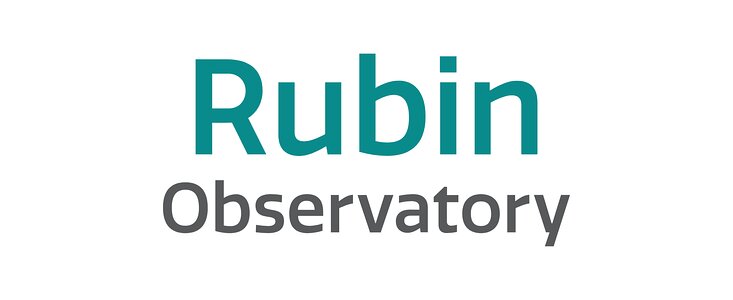Rubin Digest 26 March 2019
26 March 2019
Project & Science News
The updated LSST overview paper, “LSST: From Science Drivers to Reference Design and Anticipated Data Products” was published in the March 11, 2019 issue of The Astrophysical Journal. The paper can be accessed at this link.
Over the last few months, the LSST Scientific Advisory Committee (SAC) has been carefully examining and considering the submitted White Papers on LSST Cadence Optimization, as have Project members. While the SAC is still deliberating and looking into a few specific questions, its report should be available and made public in April.
The LSST Primary/Tertiary Mirror (M1M3) arrived successfully in Houston, Texas, on March 21st after leaving the Richard F. Caris Mirror Lab in Tucson, Arizona, on March 15th. The mirror is scheduled to ship to Chile from the Port of Houston within a few days, and will take approximately five weeks to reach Coquimbo. Details about the mirror’s departure from Tucson can be found in this recent news post, and photos of the M1M3 along the route to Houston are available in the LSST Gallery.
At SLAC National Accelerator Laboratory, two of the six cryogenics circuits comprising the LSST Camera cryo system were recently turned on and temperatures of approximately -130C were achieved on the cryoplate, as designed. This is a tremendous milestone for the Camera and demonstrates early integration of the cryostat, vacuum system and partial refrigeration system.
Assembly and verification of the LSST Coating Plant continues at the LSST summit facility. The team from Von Ardenne recently completed the first sputtering deposition using all of the magnetrons. The magnetron sputtering system will allow depositions with protected silver, bare aluminum, or protected aluminum on either the Primary/Tertiary Mirror (M1M3) or the Secondary Mirror (M2). This important technical milestone demonstrates the successful functioning of both the sputtering system—the heart of the coating chamber—and the vacuum system, which supports the sputtering process. Photos of the ongoing Coating Plant work are available in the LSST Gallery.
Information for Project Members
Below is the third in our ongoing series of reminders about individual communication channels used within the LSST Project. Information about all LSST communication channels can be found in Document-28656.
The current featured channel is Slack, an LSST Corporation-operated instant messaging application intended for quick conversations. This tool is especially powerful for group discussion. It includes all LSST Science Collaboration members, so “open” Slack channels may not be used for sensitive project information. In general, tasks assigned and decisions made in Slack discussions must be documented elsewhere. It should not be assumed that if someone has a Slack account that they are actively using it. The Project office uses Slack as one of multiple channels of communication; announcements posted on Slack will be repeated elsewhere.
Personnel News
LSST is accepting applications for a Data Management Science Validation Scientist. Information about this and other positions with LSST can be found on the LSST is Hiring web page.
Upcoming Meetings with LSST Involvement
(those with asterisk* are LSSTC funded):
2019
March 26-27: Project Science Team (PST) meeting, Tucson, AZ
April 1-2: AMCL Meeting, Pasadena, CA
April 8-9: LSST Corporation Institutional Board Face to Face Meeting, Phoenix, AZ
April 11-12: Next Generation Spectroscopy with LSST, Argonne Natn’l Laboratory, Chicago, IL
May 3-4: 2nd Workshop on LSST Detection of Optical Counterparts of Gravitational Wave Events, New York, NY*
May 20-23: LSST@Asia, Sydney, Australia*
July 15-19: LSST Dark Energy Science Collaboration (DESC) meeting, APC, Paris, France
August 5-7: LSST Dark Matter Workshop 2019, Chicago, IL*
August 12-16: LSST 2019 Project and Community Workshop, Tucson, AZ
August 19-28: La Serena School for Data Science: Applied Tools for Data-driven Sciences, La Serena, Chile


